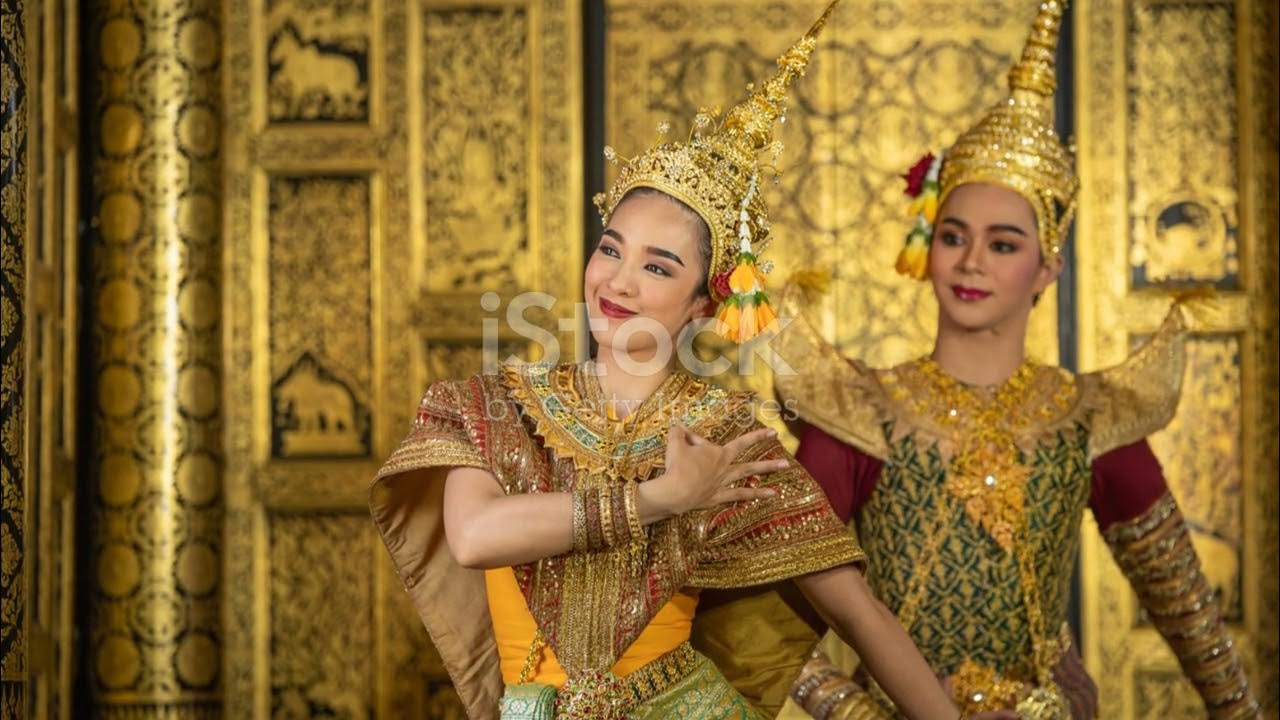Do you know the History of Carnival festivity in Venice? 🥳
Summary
TLDRThe Carnival of Venice is a historic and unique festival, famous for its mysterious masks, mesmerizing costumes, and rich cultural significance. Dating back to 1094, it originally celebrated a Venetian military victory and evolved into a prestigious event in the 17th century. Though banned in 1797 under Austrian rule, Venetians secretly kept the tradition alive. Revived in 1979, the carnival now attracts millions. Venetian masks play a key role, and the festival includes costume parades, competitions, and masked balls. It's a grand cultural celebration that offers a stunning display of artistry, history, and tradition.
Takeaways
- 🎭 The Carnival of Venice is one of the most famous and widely attended festivals, attracting up to a million people.
- 🎭 Unlike other carnivals, Venice's celebration is unique due to its mysterious masks and mesmerizing costumes.
- 📜 The carnival dates back to the 17th century but has roots going as far back as 1094 when the word 'Carnevale' was first mentioned.
- ⚔️ The first unofficial carnival was held after the Republic of Venice's victory in 1162, celebrating with the slaughter of 12 pigs and a bull.
- 👑 The carnival became official during the Renaissance and gained international prestige in the 17th and 18th centuries.
- 🚫 The carnival was outlawed under the Holy Roman Emperor and later banned in 1797 under Emperor Francis II of Austria, especially the wearing of masks.
- 🕵️ Despite being banned, Venetians kept the tradition alive in secret, with the carnival officially revived in 1979 by the Italian government.
- 🎭 Venetian masks are a major part of the carnival, and the 'Maschera più Bella' (Most Beautiful Mask) contest celebrates the best mask designs.
- 👨🎨 Mask makers, or 'mascherari,' held a privileged place in society, using materials like leather and porcelain to create unique masks.
- 👗 The carnival features an extravagant costume parade, where participants showcase their beautiful outfits and masks, often winning prizes during the event.
Q & A
What makes the Carnival of Venice unique compared to other carnivals?
-The Carnival of Venice is unique due to its mysterious masks and mesmerizing costumes, which are a central part of the event's history and culture.
When was the word 'Carnevale' first mentioned, and by whom?
-The word 'Carnevale' was first mentioned in 1094 by Doge Vitale Falier in a document referring to public amusements.
What historical event led to the birth of the Carnival of Venice?
-The Carnival of Venice originated after the Republic of Venice defeated Ulrico, Patriarch of Aquileia, in 1162. To celebrate the victory, 12 pigs and a bull were slaughtered in Piazza San Marco, marking the beginning of the tradition.
Why was the Carnival of Venice outlawed in 1797?
-The carnival was outlawed in 1797 under the rule of Francis II, Emperor of Austria, during the Holy Roman Empire's control. Masks were also banned because of concerns about hidden identities.
When was the Carnival of Venice revived, and why?
-The Carnival of Venice was revived in 1979 when the Italian government recognized it as an important cultural and historical tradition, essential to Venice's identity.
What is the significance of the masks during the Carnival of Venice?
-Masks play a central role in the Carnival of Venice, symbolizing hidden identities and mystery. The 'Maschera più Bella' contest, which selects the most beautiful mask, highlights their importance in the celebration.
Why were masks restricted in Venice's history, and when were people allowed to wear them?
-Masks were often restricted to prevent disguises and improper behavior in public. However, the ban was lifted during the carnival period, from December 26th to Fat Tuesday, when masks were allowed.
Who were the mascherari, and why were they important?
-The mascherari were skilled mask makers in Venice, considered prestigious for their craftsmanship. They held a superior position in society, and their masks were often custom-made for buyers, using materials like leather, porcelain, and glasswork.
What role do costumes play in the Carnival of Venice?
-Costumes, paired with masks, are central to the Carnival of Venice, featuring elaborate outfits, shoes, and accessories that participants show off during parades in Piazza San Marco. These costumes are often judged in competitions.
What are some common themes in the costumes worn at the Carnival of Venice?
-Costumes often reflect themes from the 14th to 17th centuries, featuring long dresses, ruffled sleeves, and velvet capes. Many people wear outfits that represent different occupations, adding to the festive atmosphere.
Outlines

Cette section est réservée aux utilisateurs payants. Améliorez votre compte pour accéder à cette section.
Améliorer maintenantMindmap

Cette section est réservée aux utilisateurs payants. Améliorez votre compte pour accéder à cette section.
Améliorer maintenantKeywords

Cette section est réservée aux utilisateurs payants. Améliorez votre compte pour accéder à cette section.
Améliorer maintenantHighlights

Cette section est réservée aux utilisateurs payants. Améliorez votre compte pour accéder à cette section.
Améliorer maintenantTranscripts

Cette section est réservée aux utilisateurs payants. Améliorez votre compte pour accéder à cette section.
Améliorer maintenant5.0 / 5 (0 votes)






